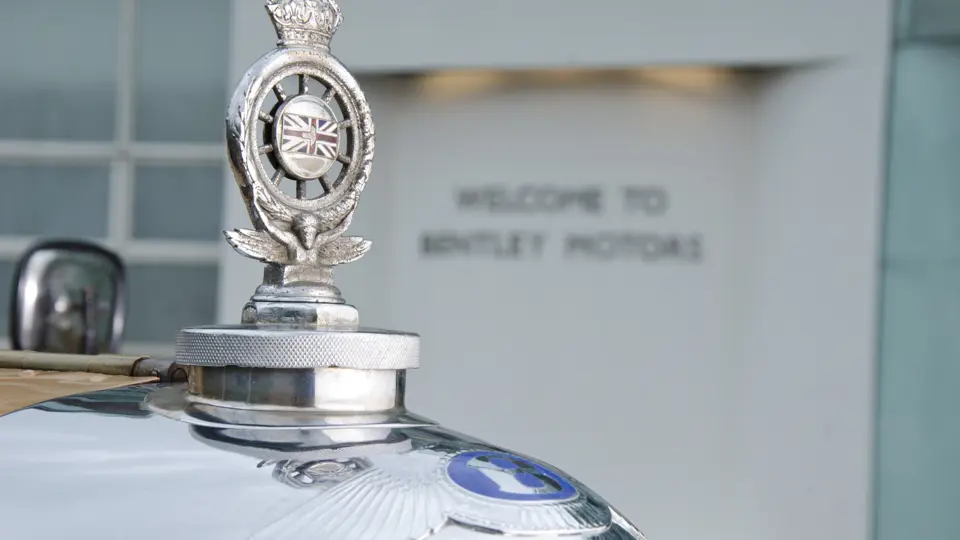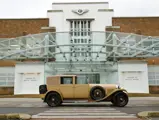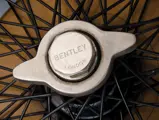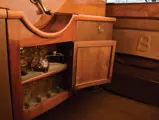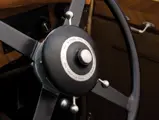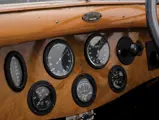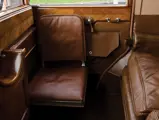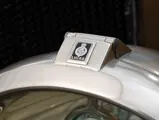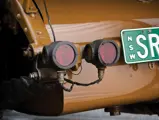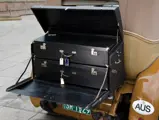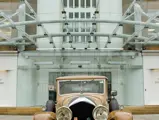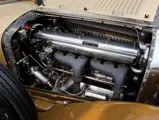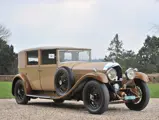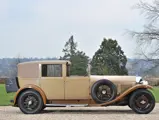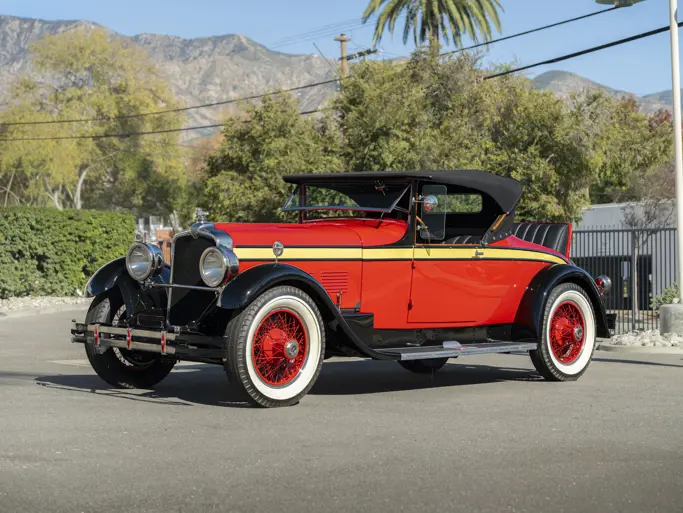
1929 Bentley 6½-Litre Sedanca de Ville by H.J. Mulliner
{{lr.item.text}}
€600,000 - €700,000 EUR | Not Sold
{{bidding.lot.reserveStatusFormatted}}
- The 1929 Olympia Motor Show car
- One of about 20 surviving 6½-Litre Bentleys, with original coachwork and engine
- Engine rebuilt and equipped to Speed Six specification
- Recently displayed at the Bentley factory
180 bhp, 6,597 cc (402.5 cu. in.) single overhead cam inline six-cylinder engine, three SU carburettors, four-speed manual transmission, semi-elliptic front and rear suspension, and four-wheel drum brakes. Wheelbase: 3,810 mm (150 in.)
To look at many 1920s Bentleys today, one might assume that every car that was turned out under W.O. Bentley’s watch was a fabric-bodied tourer. The truth is that when the “W.O.” cars were new, they carried a wide variety of diverse body styles by Europe’s finest coachbuilders. As many as 80 per cent of these cars boasted beautifully bespoke-crafted bodies that were ideal counterparts to the racing-bred Bentley chassis, creating a “grand tourer” that combined finely tuned performance with great comfort, elegance, and reliability. These beautifully bespoke-crafted Bentleys are welcomed at the world's most prestigious events, and this fine vehicle, thought to be the only surviving Bentley 6½-Litre Sedanca de Ville in the world, is no exception, having been extended a special invitation to be displayed at Pebble Beach and also to take part in the Parade of Elegance on the 18th green in 2009.
The 6½-Litre offered today was created by Bentley, working closely with coachbuilder H.J. Mulliner, of Chiswick, as a Sedanca de Ville with a Barker-patented “de Ville extension”, intended to be used with a chauffeur, and it was presented on their stand at the Olympia Motor Show in October 1929. With coachwork created without compromise by one of the finest coachbuilders of the day, it exhibits the purity of line and clarity of design one expects of a hand-built limousine by a leading builder of bespoke limousines.
Outstanding features of the design include the “de Ville extension”, which, when closed over the front cabin, has a very neat appearance, and the unusually long and flowing wings gives the car the appearance of a full limousine. The owner reports that this extremely convenient and practical feature readily combines the fun of open air motoring with the ability to be snug, dry, and warm extremely quickly, should the weather turn inclement. Featured in the Show Number issue of The Autocar on 25 October 1929, the car was promptly sold at the motor show by H.M. Bentley & Partners, W.O.’s brother, to John Davie, of Dartmore, Frithwood Avenue, Northwood.
Exhaustive research by noted Bentley authority Clare Hay indicates that the car passed in 1935 to Major RT Hon. F. Craven. It was laid up through World War II, and then, in 1952, it was acquired, in notably original condition, by J.G. Sibly for ₤50. The car was displayed by Sibly in Bentley Drivers Club activities until 1957, then it passed through the stewardship of A.K. Harrison, J.N. Barlow, P.M. Mackie, V.H. Callcutt, A.M. Garrett, Sandra Roberts, and finally Graeme Miller, from whom the present owner acquired it. Mr Miller, then the president of the Bentley Drivers Club of Australia, recognised that this is an extremely rare vehicle and kept it for some 20 years, with sparing use, in order to protect it from becoming just another Le Mans clone, the fate of so many big Bentleys. As a result, it had covered less than 10,000 miles since its extensive overhaul. During the last 10 years, the car has delighted the present owner, as he and his wife have campaigned it all over the world. Always maintained with an open cheque book, the car enjoyed an extensive engine refresh by noted Bentley specialists at Elmdown prior to being on tour in the U.S.A., and it has only travelled about 5,000 miles since that time.
This fantastic Bentley 6½-Litre has been well-maintained, regardless of cost, since the 1970s. From comments by then-owner Garrett, we understand that the engine was rebuilt at his insistence to Speed Six specification, three sand-cast two-inch SU carburettors on a unique manifold, undoubtedly providing quite spirited performance, and these were mated to the desirable “C” gearbox, which is believed to be the original unit to this car. The vehicle remains substantially original, with the major components clearly numbered and stamped at the factory; the original chassis number, KR 2687, appears on the front chassis cross-member and on the nearside front dumb iron knuckle, as well as on the inside forward edge of the side panels of the bonnet, on the front axle, and on the steering box, all verifying each of these major components’ originality. The original engine number, KR 2686, is, of course, still carried on the nearside bearer arm of the crankcase.
A measure of its rarity, this grand, gently-patinated Bentley has been in the care of Bentley Motors since 2007 until now, on display to visitors of the Bentley factory in Crewe, as well as shown in the Bentley Company's heritage museum, where it was thoroughly inspected by Bentley authority Clare Hay. Verifying the legitimacy of its coachwork and original components, a copy of Hay’s well-researched and detailed report, containing photographic documentation and a thorough discussion of the car’s components, is available for review and will accompany the car. As such, this presents as one of the most correct 6½-Litre models extant. It is one of the rarest big six Bentleys in the world, and it is a splendid and luxurious alternative for those occasions when high tea or the highway is more appropriate than the Mulsanne Straight.




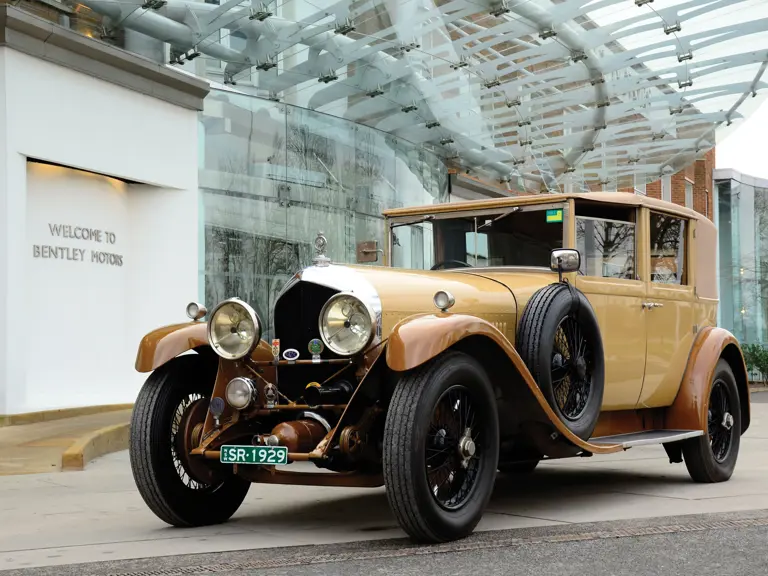
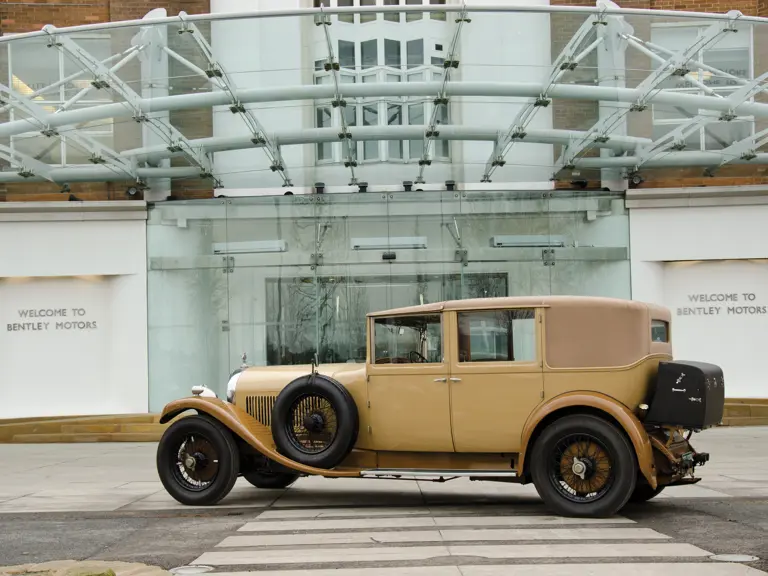
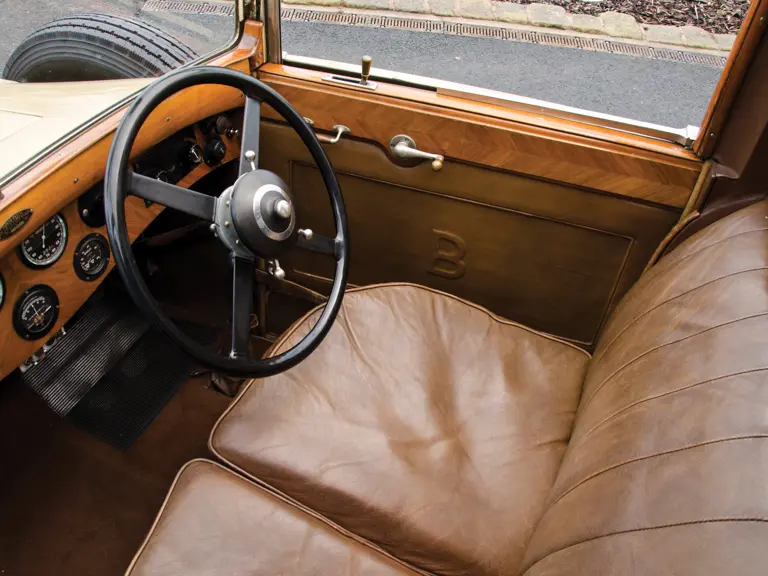
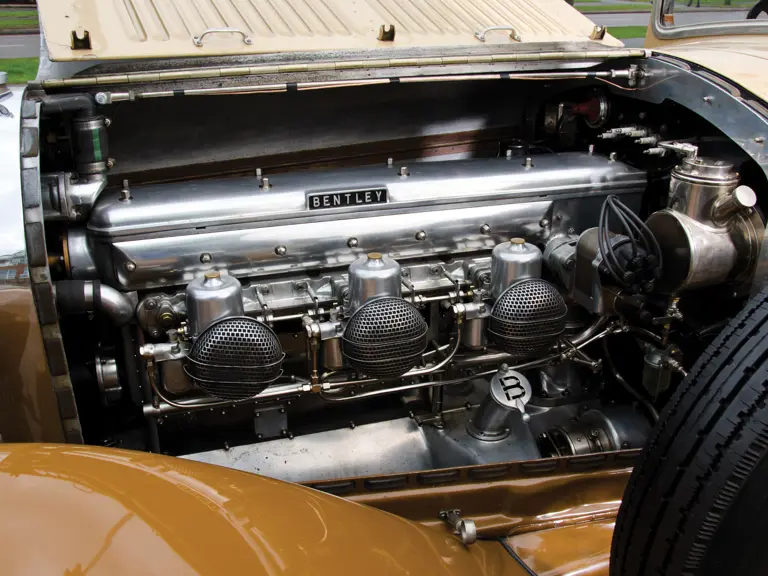
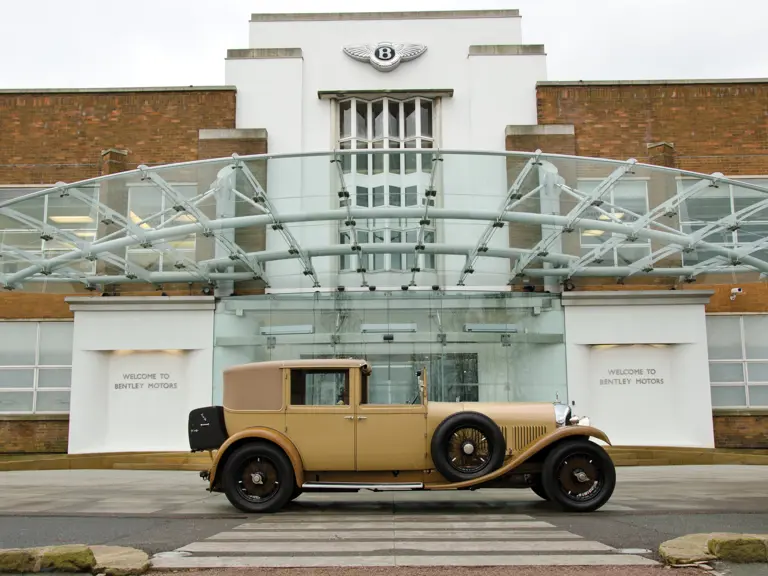
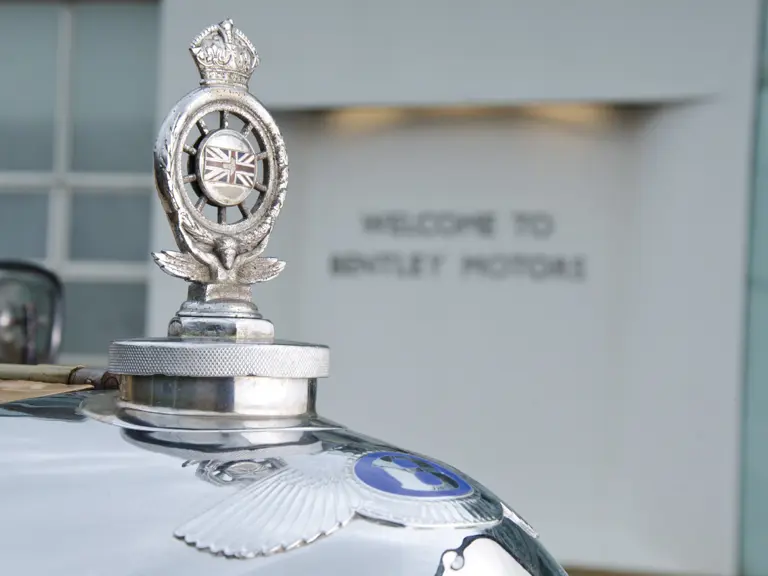
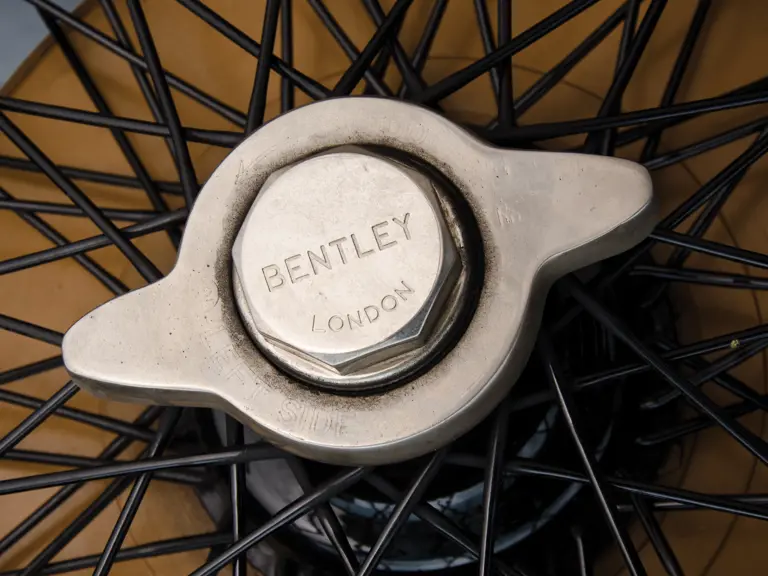




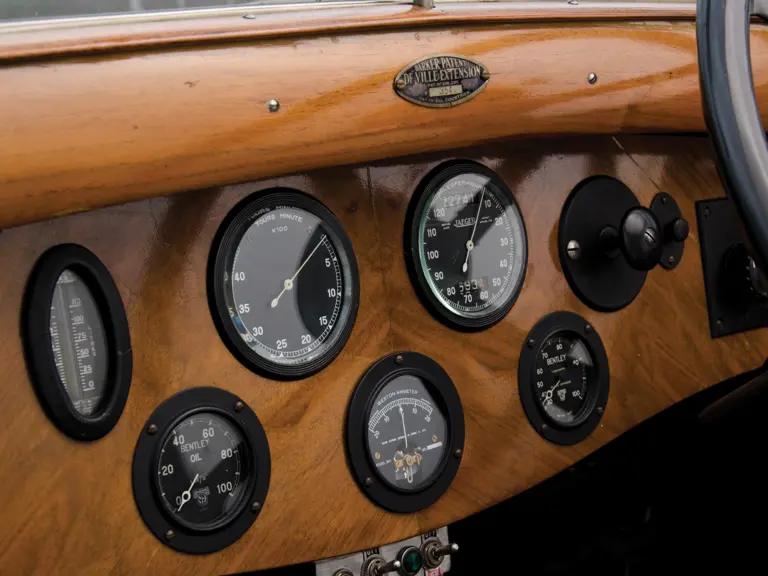
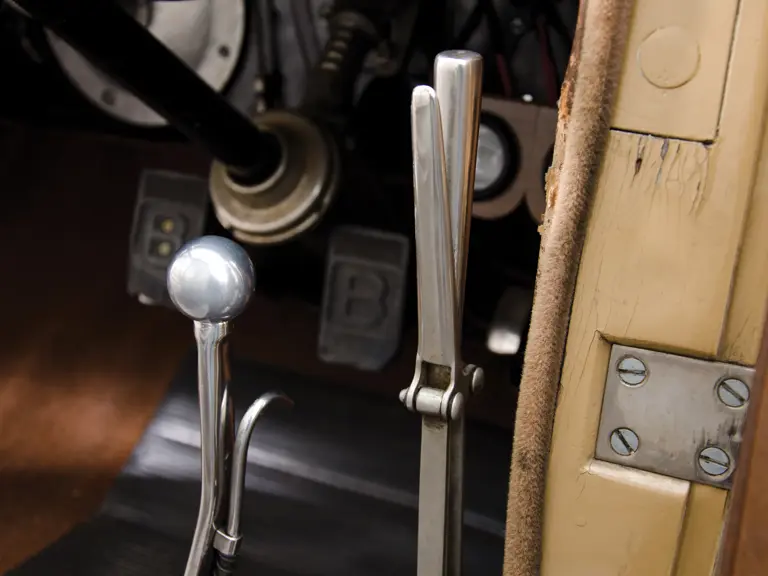
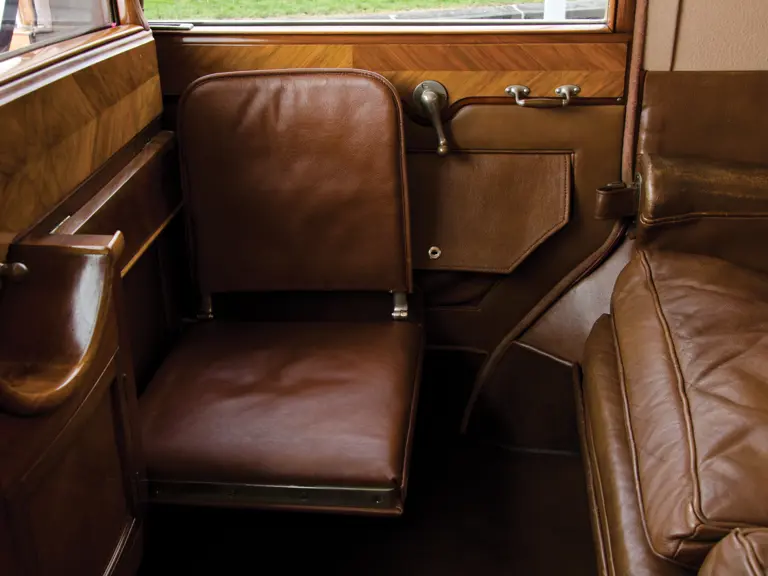



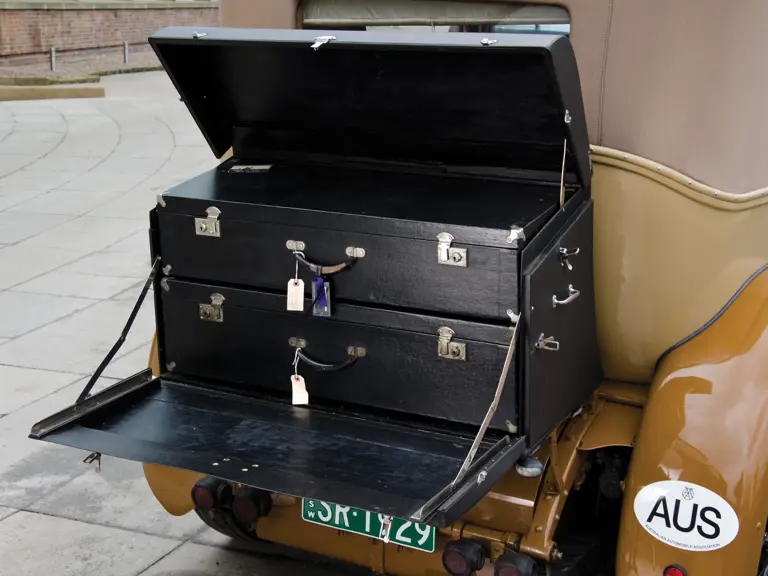
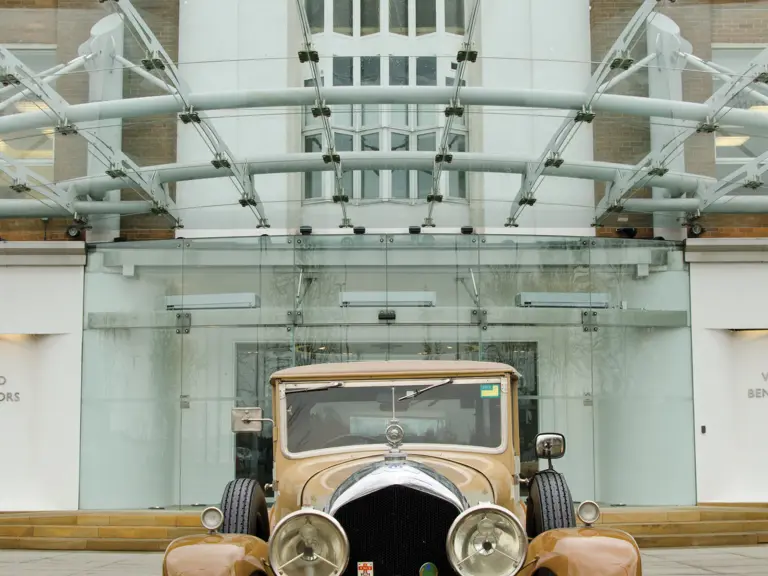
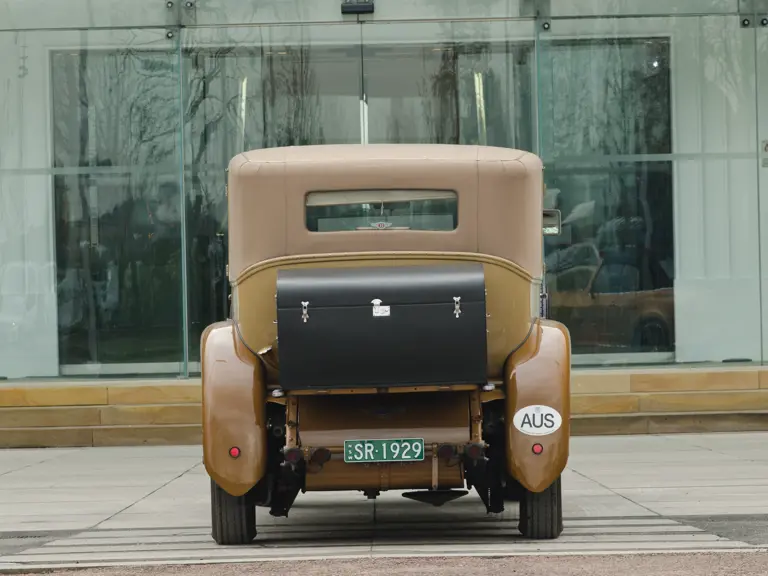

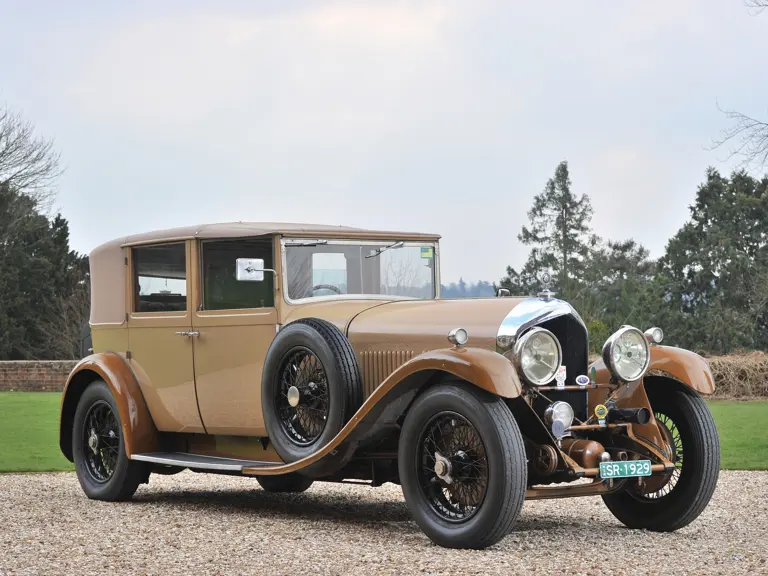
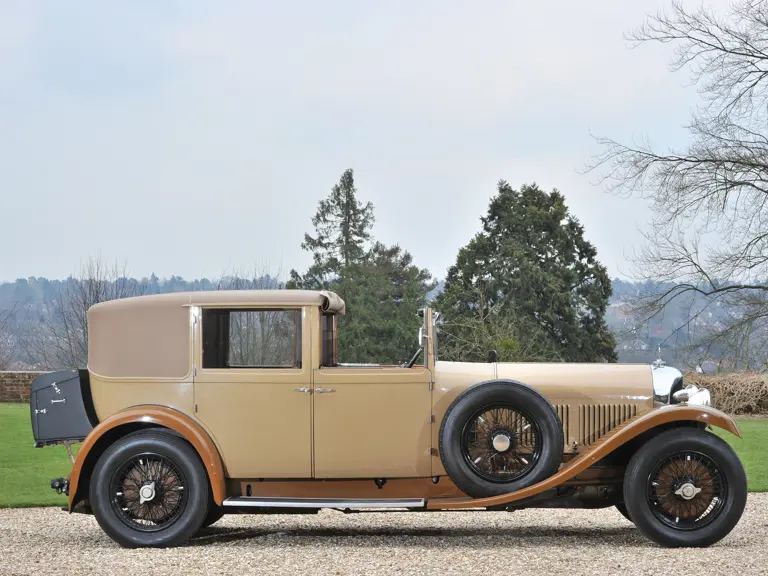
 | Cernobbio, Italy
| Cernobbio, Italy

